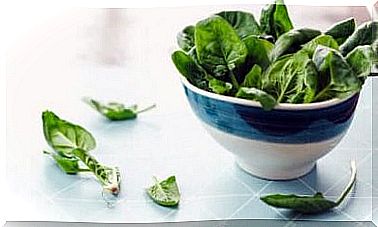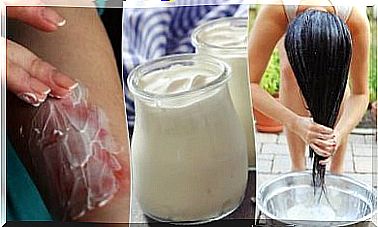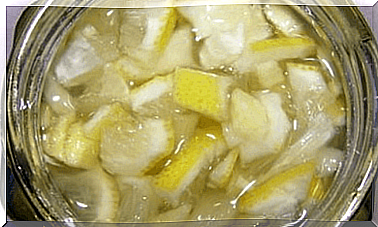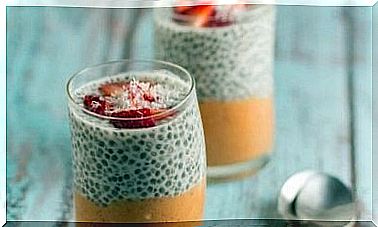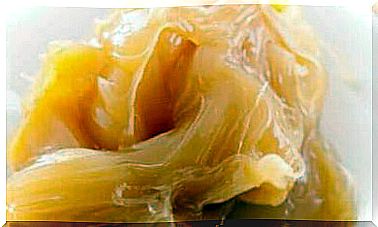Nutri Score: New Nutritional Value

The Nutri Score is a new nutritional labeling that rates foods based on their nutritional and health benefits. In Europe, countries such as France, Belgium and Spain were the first to approve its implementation.
On the other hand, since 2020, the Nutri Score system has been operating in 10 European countries, including Poland.
Development of the Nutri Score in European countries
The Nutri Score algorithm was created as early as 2005. A research team at the University of Oxford then developed it to regulate advertising aimed at children.
Later, in 2015, it was noticed that its use in some products gave results that were not in line with the nutritional recommendations of public health. The High Council of Public Health of France therefore established criteria for obtaining an algorithm that would give consistent results for any product.
The last modification took place in early 2020, and Spain is “to blame” for it. The Nutri Score algorithm tested negative for olive oil, even though it is a healthy product. Fortunately, France accepted Spain’s request positively.
As a consequence, olive oil was removed from the list of products to be assessed by the Nutri Score.

How does the Nutri Score work?
The end result of the Nutri Score is a simplified nutritional labeling system. Its purpose is to inform the consumer in a clear, simple and direct manner.
The label is on the front of each product. The right color identifies the nutritional category. The scale ranges from green (healthier) to red (less healthy) going through the three intermediate options. In addition, each color is associated with a letter (AE) to help color blind people.
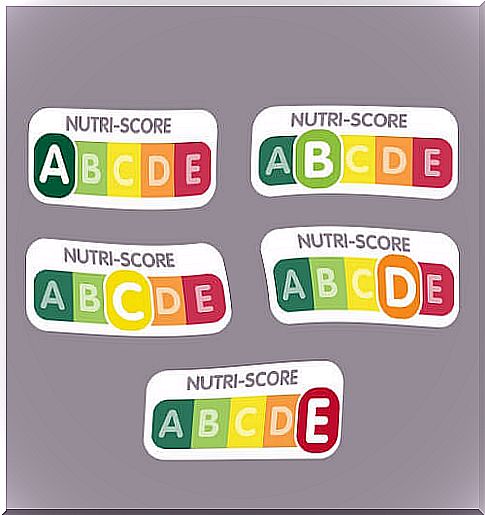
Nutri Score: A good starter system, but not without limitations
By design, the system should be a very good option. Without having extensive nutritional knowledge, it allows the average consumer to choose healthy foods. However, the system still has some limitations. And if we don’t take them into account, the Nutri Score labels can sometimes be misleading.
Consequently, we can choose unhealthy foods in the belief that they are healthy.
The Nutri Score only applies to foods that contain more than one ingredient
This is a smart move and does not mean that unlabeled products are inferior. On the contrary. However, if this is not well explained, we may make a mistake by making the opposite interpretation. We might think “if there is no label, the product is worse than the rest.”
The use of the new nutrition declaration is voluntary
At the moment, the use of NutriScore is voluntary and each company is free to include it or not on any of their products.
It should also be taken into account that whether or not the company in question has chosen not to adhere to the system is neither good nor bad. However, it is possible to make the mistake of thinking that the quality of its products is equal to the quality of food that does not have a label because it does not have to have one (fruit, vegetables, eggs …).
Consequently, Coca Cola, PepsiCo, Nestlé, Mars, Unilever and Mondelez in 2017 rejected the use of Nutri Score and decided to create the Evolved Nutrition Label (ENL) . It is a three-color system which, when analyzed quantitatively, gives the result per serving, not per 100 grams.
This means that their products, despite the poor nutritional composition, achieve good results.
Nutri Score does not sanction the presence of any sweeteners
This circumstance means that the light soda , although not healthy, belongs to the same category as other products that are healthy. The same is true for sweetened yoghurts, which perform as well as their natural counterparts.
It should be remembered that the presence of artificial sweeteners is detrimental to the gut microbiota as it changes its composition and diversity. This is stated in an interesting scientific article published in the journal “Food and Chemical Toxicology”.
This supports the view that NutriScore is only useful for comparing different options from the same family (types of cereals), different products of the same brand (chocolate flakes of different brands), or different products that are eaten on similar occasions (cereals, cookies, muffins etc. .).
It does not reward the presence of healthy fats
Today we know that monounsaturated fats have been shown to have a strong protective effect on the heart, and omega-3 – an excellent anti-inflammatory effect. This is due, inter alia, to research published in the journal “Biochemical Society Transactions”. However, their presence does not turn out to be positive in the Nutri Score formula.
The Nutri Score does not take into account the quality of the protein
We know that different types of protein add up, and that’s true. However, their quality does not seem to matter. The Nutri Score does not take into account the biological value of the protein (whether it contains all the essential amino acids) or its digestibility (the amount of protein available to the body).
The new nutrition labeling system may yield inconsistent results
In practice, it appears that the new labeling system may produce inconsistent results. This is due to the positive evaluation of some cereals, which, despite the large amount of sugar, contain a large amount of fiber.
The high fiber content of the product makes the end result lean towards the green part of the scale, while the reality is quite different. It becomes clear again that the Nutri Score does not allow any type of comparison.
A good system to start with, however, needs improvement
The Nutri Score can be considered a good starting system for public health. Its limitations are not severe enough to contradict it.
In fact, a 2018 study involving 12,000 people from different countries found that this system was judged to be the best way to identify the healthiest product option in the same category. Here are some recommendations for use:
- Real, natural food, even though there is no label, will always be your best option.
- Do not use the system to make all comparisons, but only to compare different options of the same product or the same family (for example, different types of breakfast cereals or soft drinks) or to compare different products related to the same occasion (sweets, birthday snacks, party…).
- If you have to choose between a natural or a sweetened product, natural is always better, no matter what the label says.
